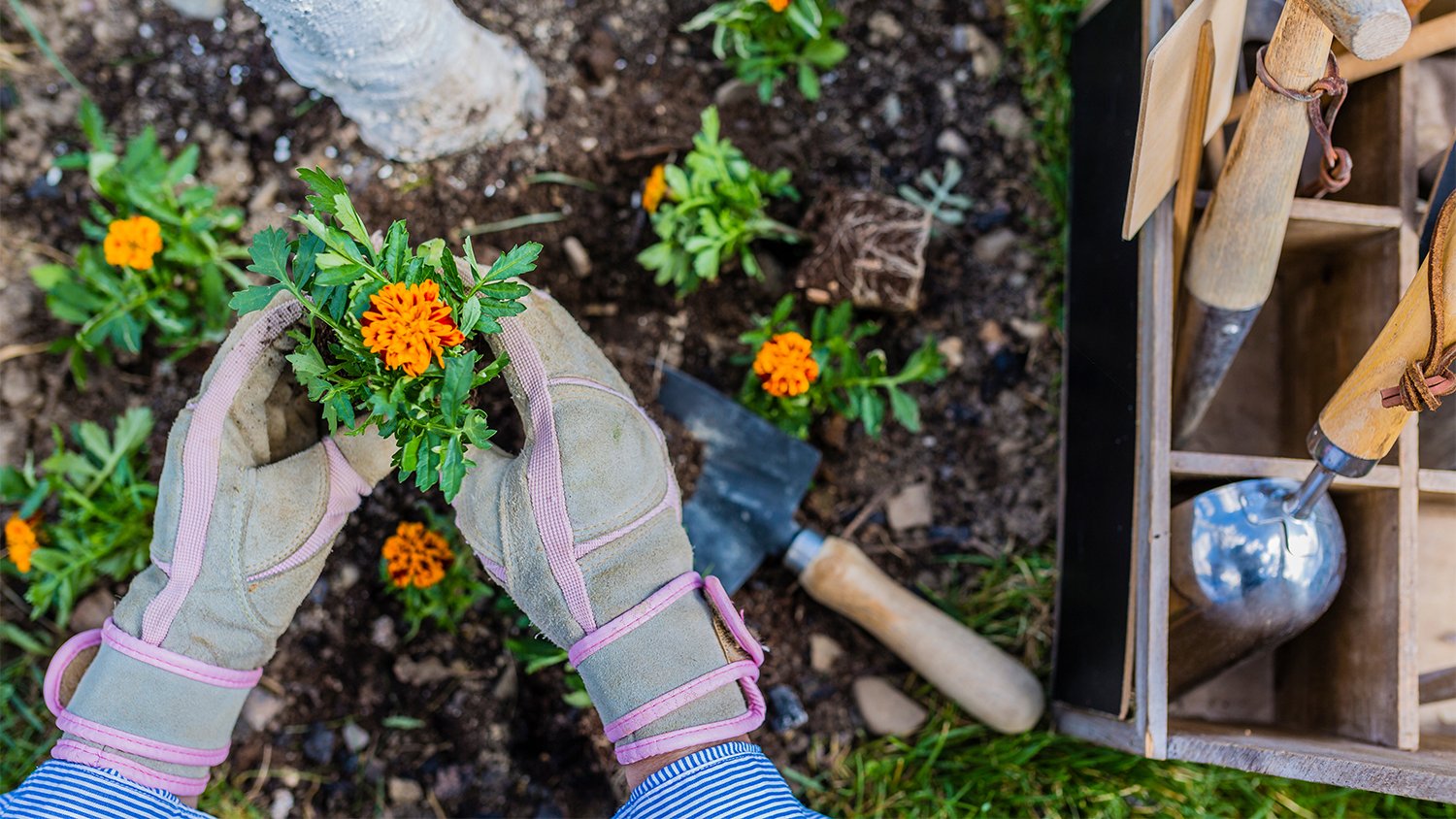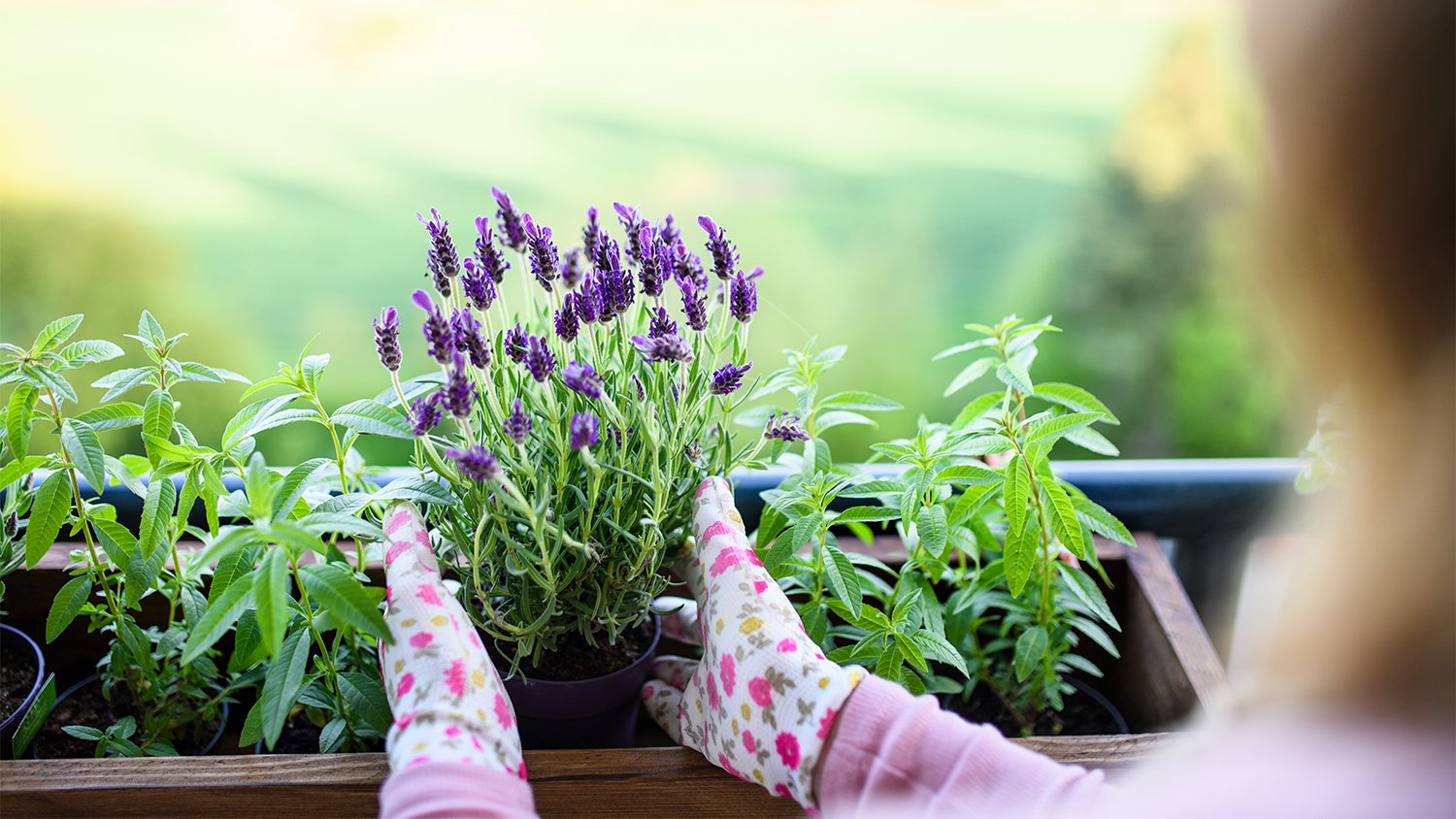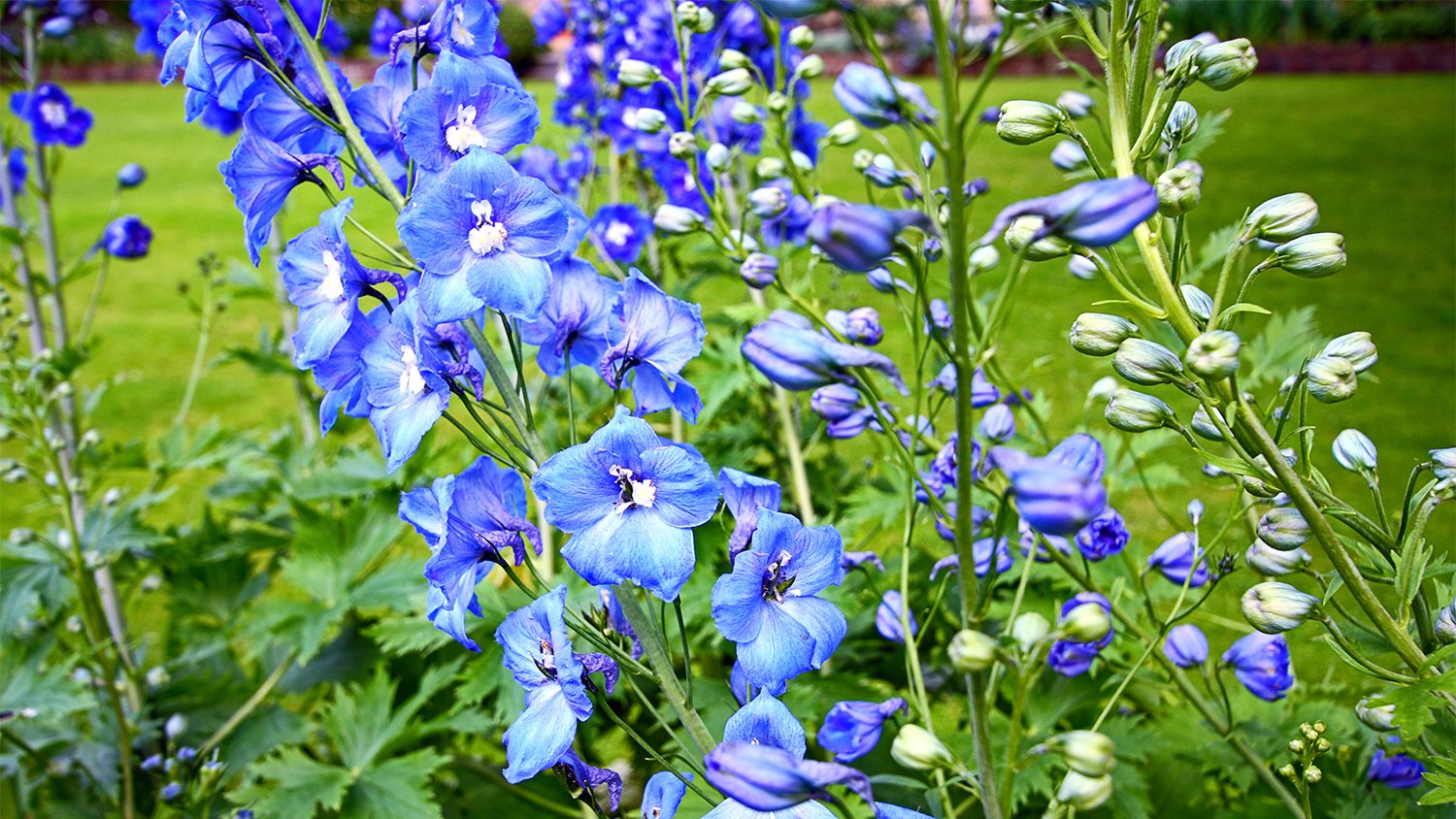
Railroad tie retaining wall costs can vary widely, so getting an accurate estimate for your needs is a good idea to set your budget appropriately.
Here’s the dirt on nature’s greatest gift


Annuals grow quickly, but you must replant them every year.
Perennials come back each year but can take longer to mature.
You may see biennials sold as perennials.
Many plants follow the basic life cycle of seed>germination>seedling>adult plant>flower>fruit>seed.
Taking time to stop and smell the roses is one of the perks of having a beautiful garden, but if you’ve ever been curious about how that rose formed, you’re probably curious about plant life cycles. You don’t need a degree in botany to understand the basics, and the good news is, understanding the basics will help you become a better gardener.
This handy guide will help you get the gist when it comes to the life cycle of common flowering plants.
While there are dozens of exceptions in the plant kingdom, including ferns and mosses which reproduce via spores, for most home gardeners, their garden beds are planted with flowering plants and vegetables that fall into one of three categories: annual, perennial, or biennial.
For many flowering plants, the general life cycle follows the same basic pattern. A seed germinates in moist soil and begins to sprout. The sprout gives way to a seedling which requires moisture and sunlight to grow. The seedling is now a young plant that gradually matures into an adult plant. In flowering plants, this adult plant produces flowers. Once pollinated, the flowers form fruits that contain seeds. These seeds then drop and start the life cycle all over again. That’s the nutshell version.

Annuals, those showy beauties you love to pack into your pots in the springtime, are called “annuals” because their life cycle lasts one year. In other words, they typically don’t survive the winter and are meant to be short-lived showstoppers.
Annuals are a great option for adding new plants to your landscape; you plant them directly into the ground They grow quickly, bloom in spring or summer, and begin to die off in the fall; they need replanting each year.
Many gardeners like to get a jump start on the blooms and purchase annuals in six-packs already sprouted.
Most vegetables are annuals (or, at least, considered annuals), and you can replant them each year.
In some very mild climates, annuals can act like perennials.
Examples of annuals include:
Pansies
Marigolds
Zinnias
Alyssum
Impatiens

By definition, a perennial plant has a life cycle that lasts more than two years. Perennials are the heart and soul of the most gorgeous flower beds. The plant produces new growth in the spring, and grows and flowers through the spring and summer. The flowering’s end produces seeds. Although its leaves may die back in the fall, the plant itself does not die off entirely but rather goes dormant. The plant regrows on the same roots system into the next spring, and new plants may also germinate from seeds dispersed the prior season.
In mild climates, some perennials barely die off at all.
Depending on your climate zone, what may be considered an annual in one zone could be a perennial plant in another.
Examples of perennial include:
Clematis
Lavender
Yarrow
Echinacea
Many ornamental grasses

The life cycle of a biennials takes two years to complete. It begins in the spring when roots, stems, and leaves grow the first year, but the plant does not flower in the spring or summer. It goes dormant in the fall and winter but does not die off entirely. The following spring, it regrows on the same root system and will flower in the second spring or summer.
The seeds are produced in the second year of growth, after flowering, and will then die back during the fall. In the following spring, the cycle begins again, often with new seeds germinating in the spring. Biennials require a period of dormancy brought on by cold temperatures.
By the time many biennials are for sale in nurseries, they are in their second year of growth (flowering), so you may find them sold as perennials.
Examples of biennials include:
Foxglove (Digitals)
Delphinium
Evening primros
Whether you are a complete beginner in home gardening or you’ve been cultivating for years, any gardener will tell you the secret to a successful garden bed is to have the right balance of perennials and annuals. Think of perennials at the backbone of your garden landscape and annuals as the quick fix. You can use annuals to fill in as the perennials grow and to add splashes of color and variety to your landscape. If you’re looking for inspiration, visit your local garden center or contact a local gardener near you to get your garden ready for spring.
From average costs to expert advice, get all the answers you need to get your job done.

Railroad tie retaining wall costs can vary widely, so getting an accurate estimate for your needs is a good idea to set your budget appropriately.

We break down the cost to remove bamboo, which is slightly higher than other forms of tree removal. It's a difficult DIY task because of bamboo's hardy underground roots.

Growing plants with a hydroponic gardening water system can be a big investment. To know how much it costs to build a hydroponic garden, consider the system, technology, size, and whether you hire a pro. This guide will help calculate costs.

If you have a hilly property, erosion can threaten your drinking water, soil, and plants. Fortunately, these tips can teach you how to stop erosion on a slope.

Artificial grass can enhance your home’s curb appeal with very little upkeep. Learn how to choose the artificial grass that’s right for your yard.

Bird poop on outdoor furniture is a common homeowner problem. Use our guide to help you remove these unsightly stains and clean up your property.